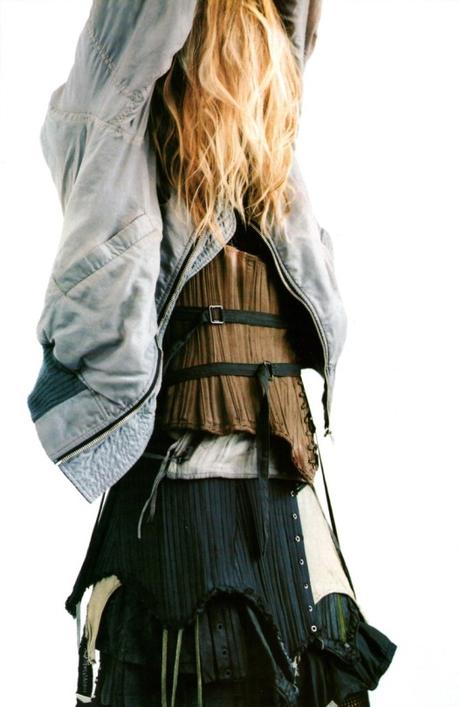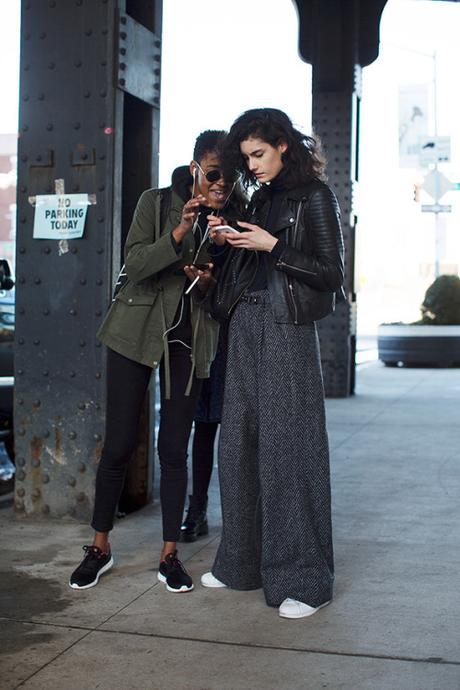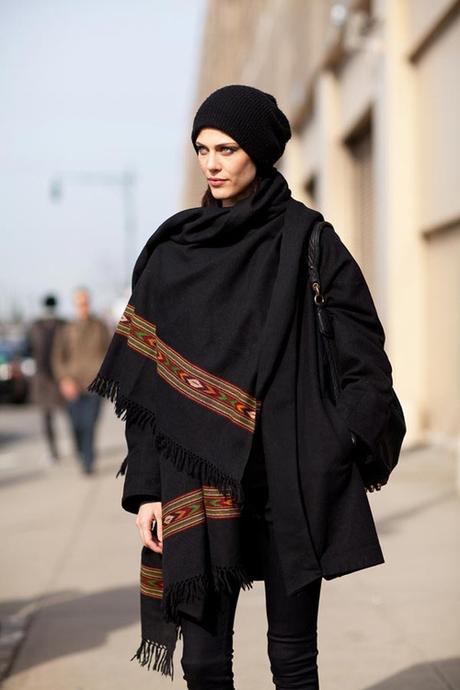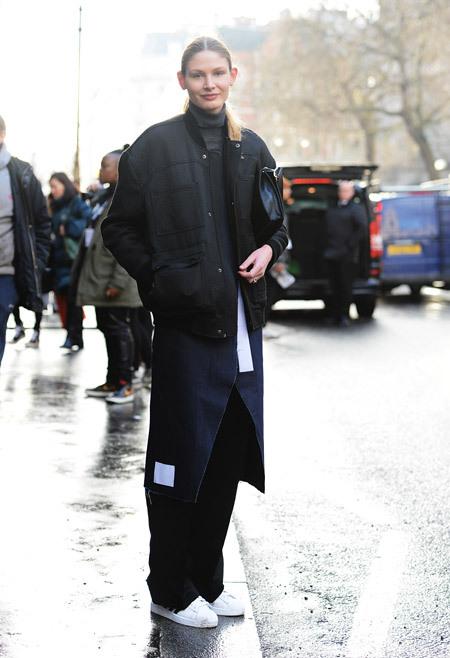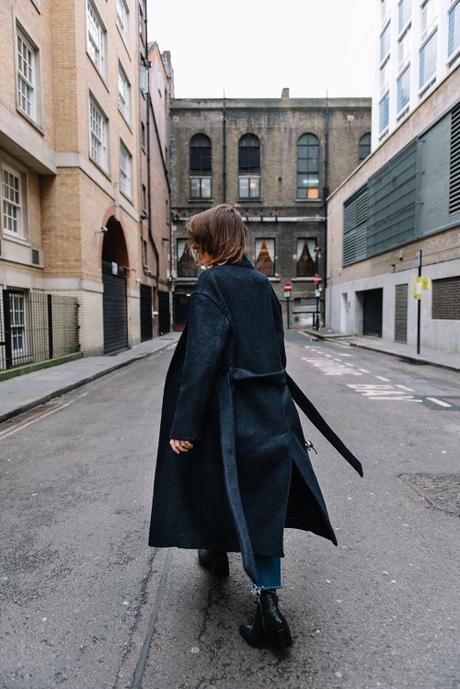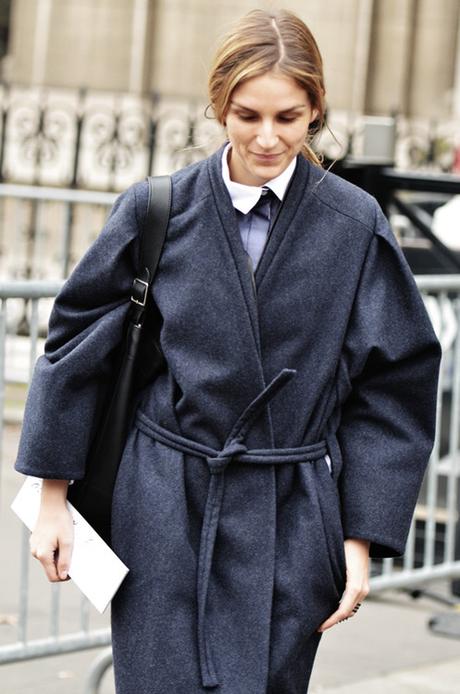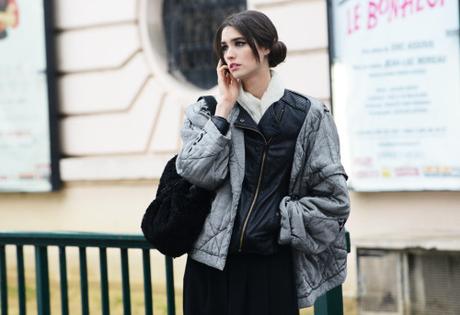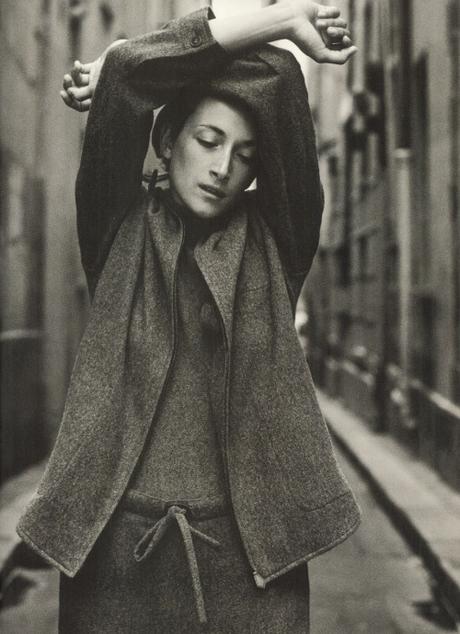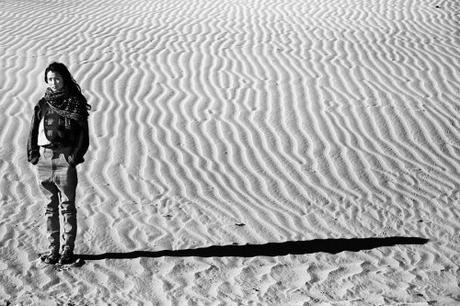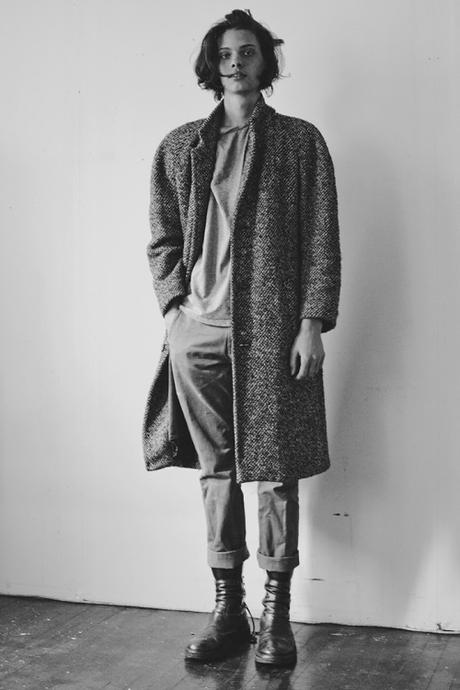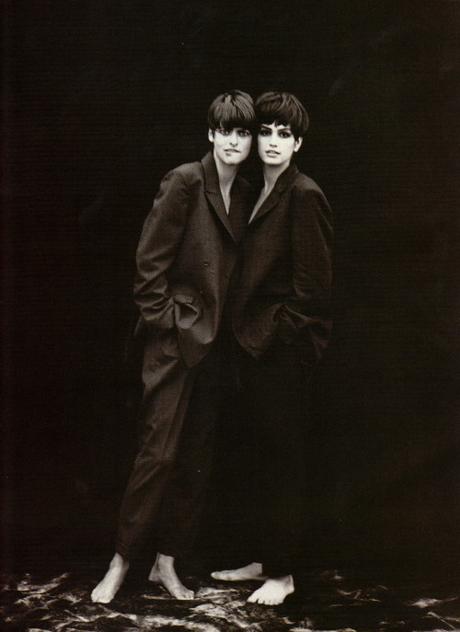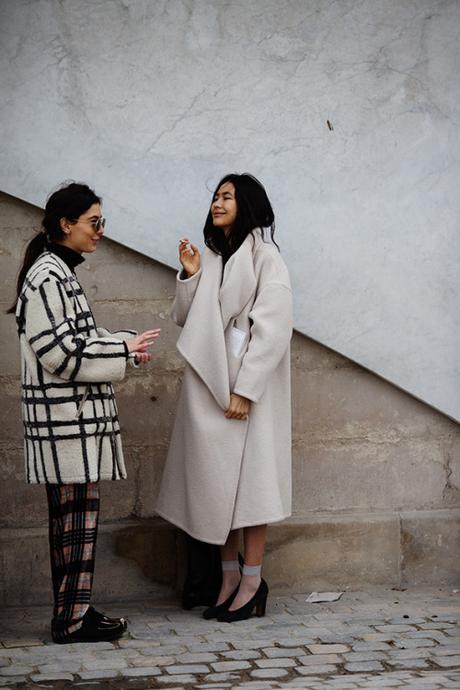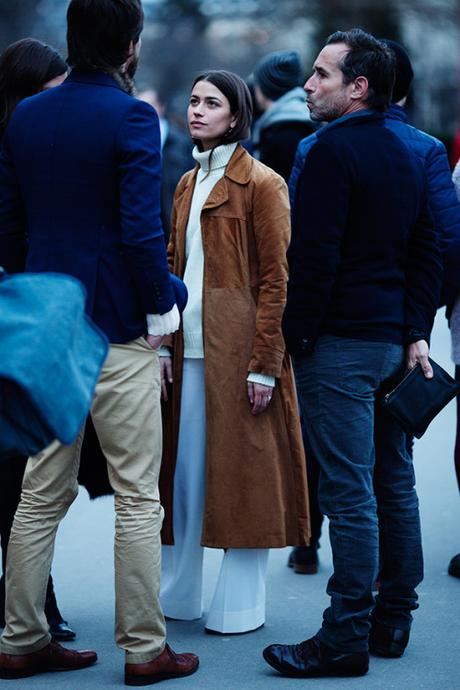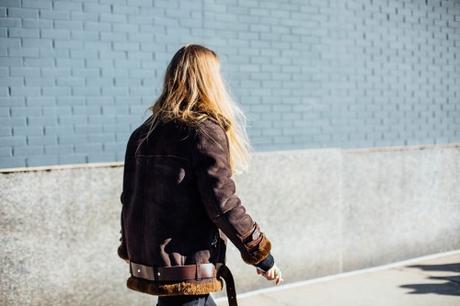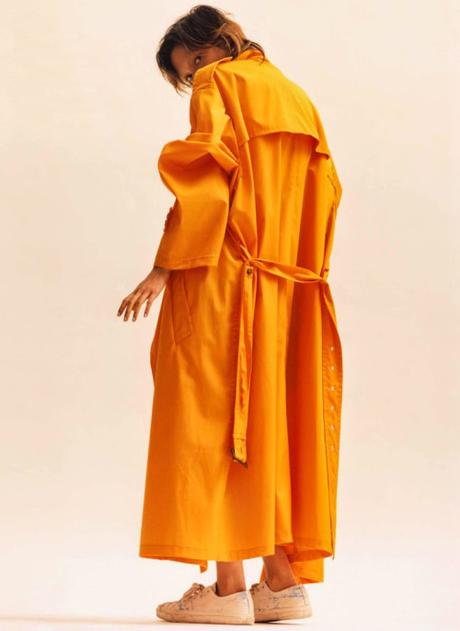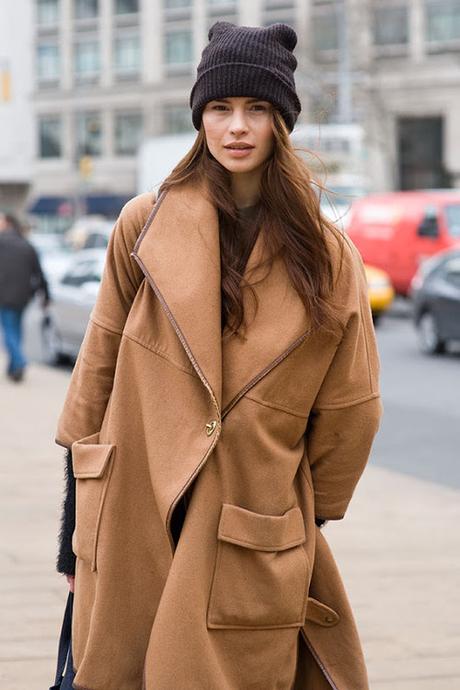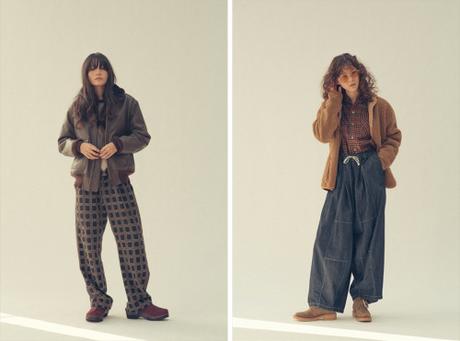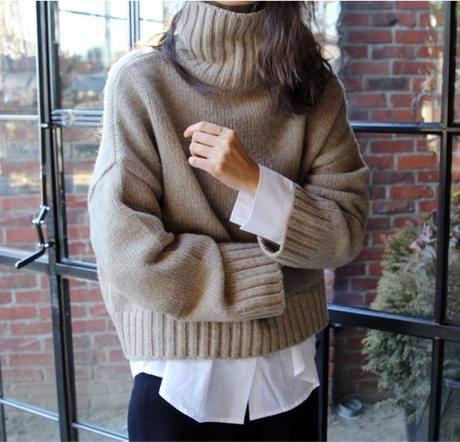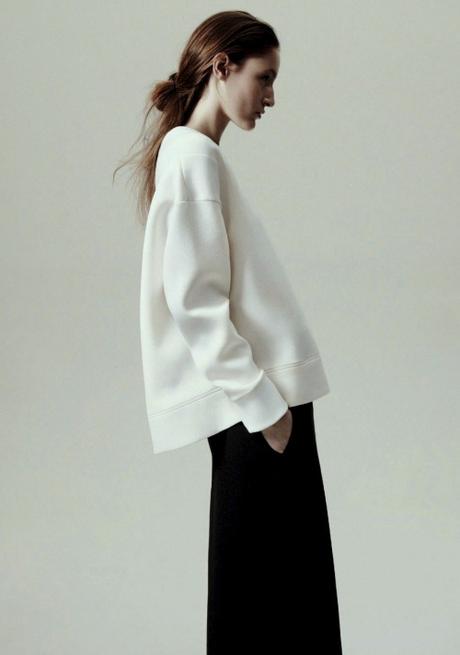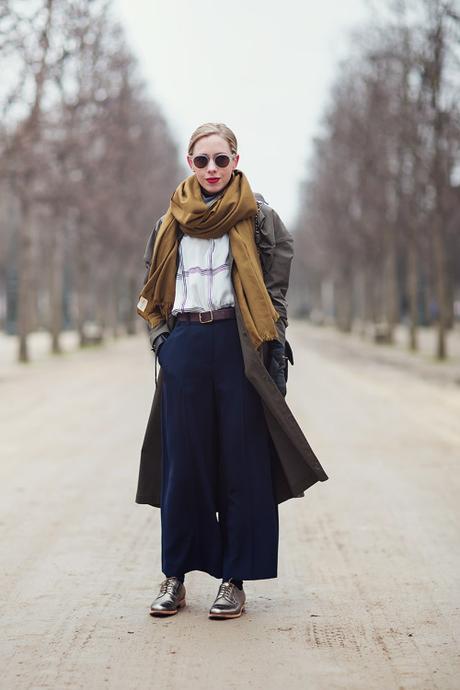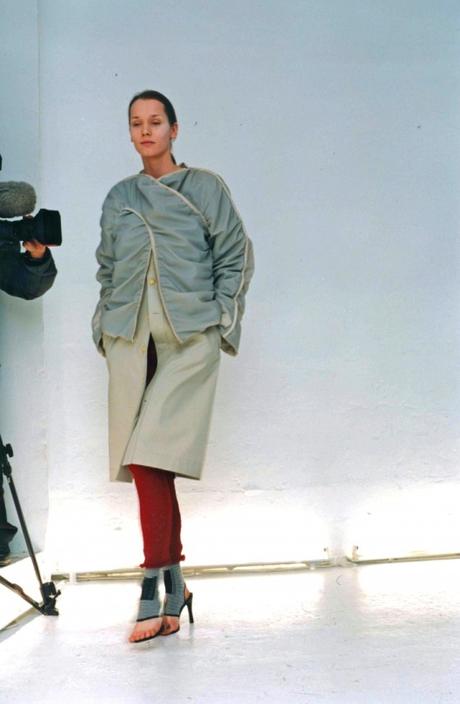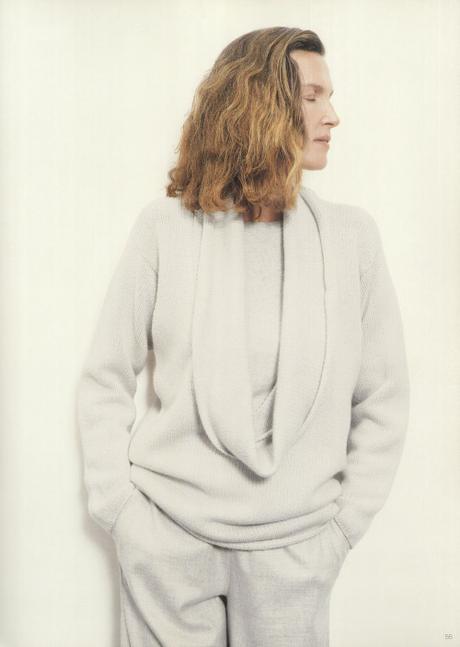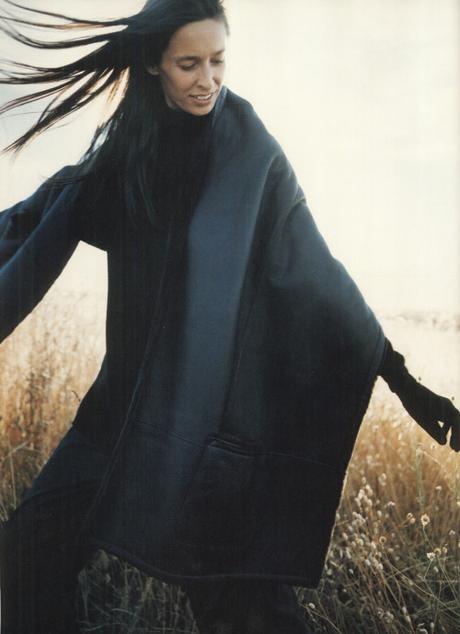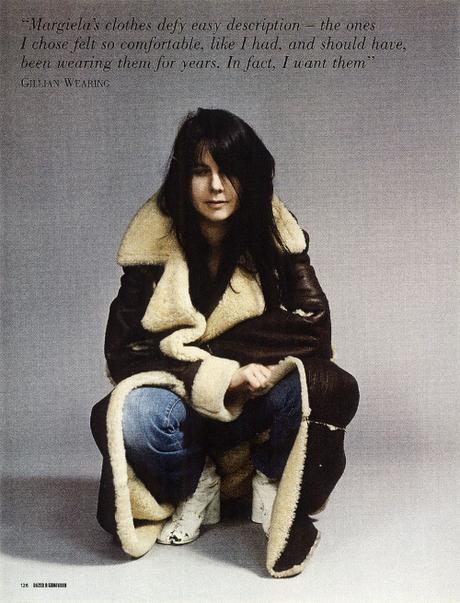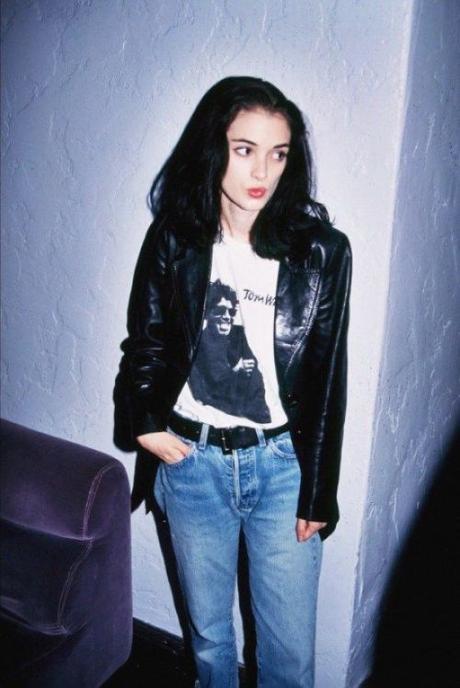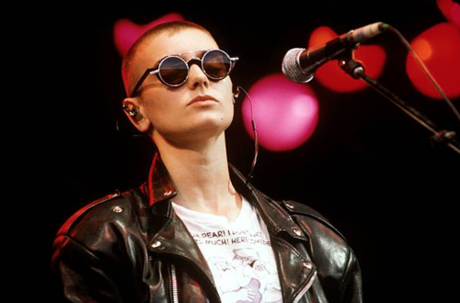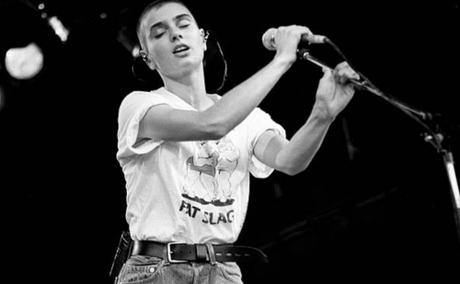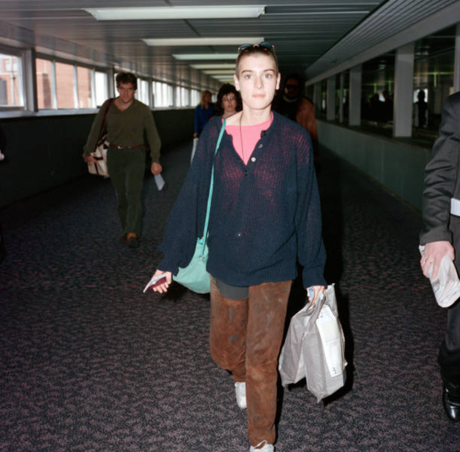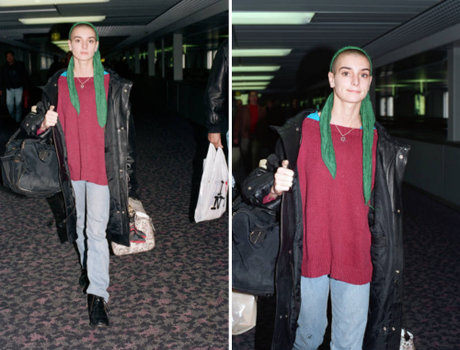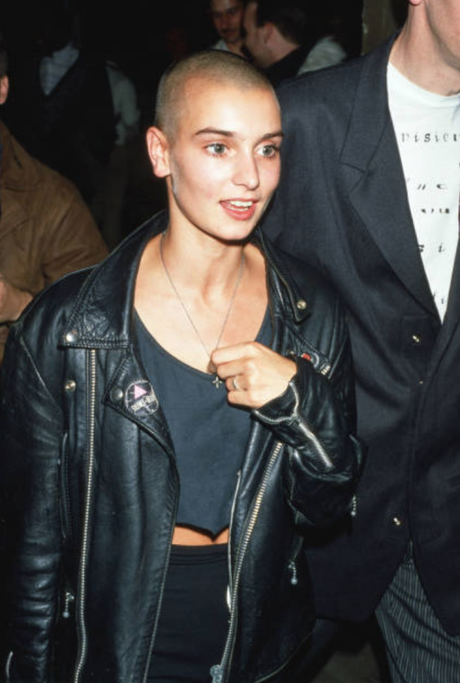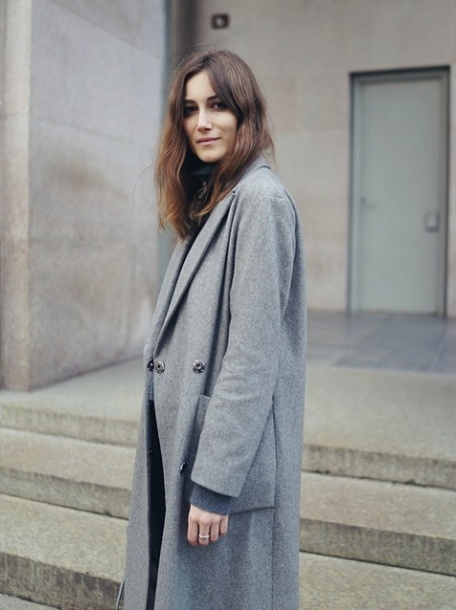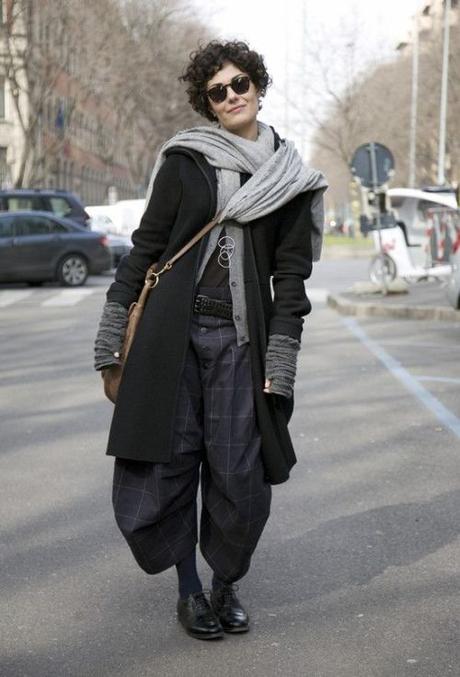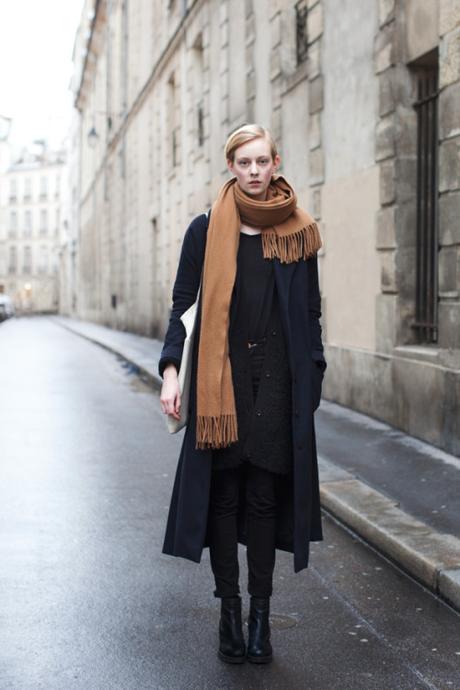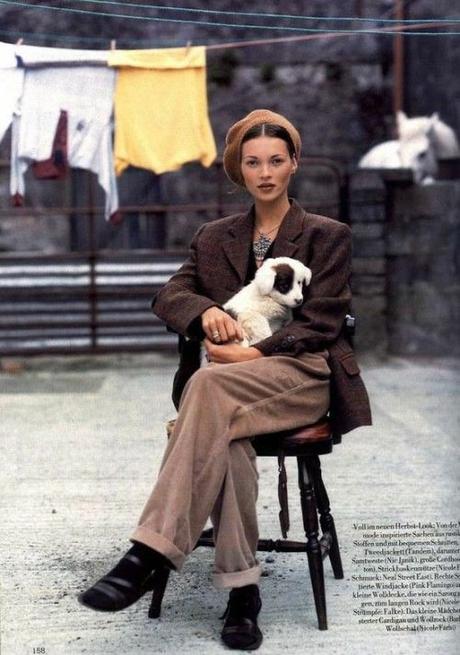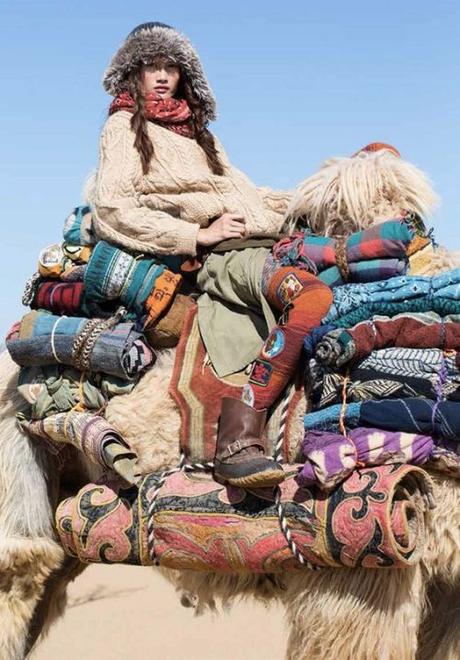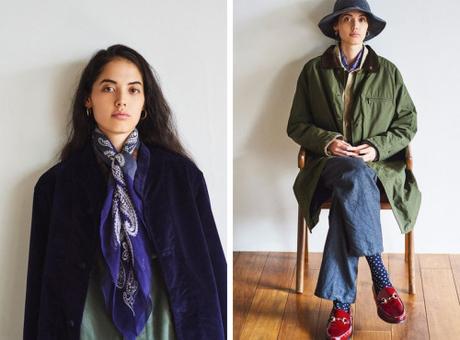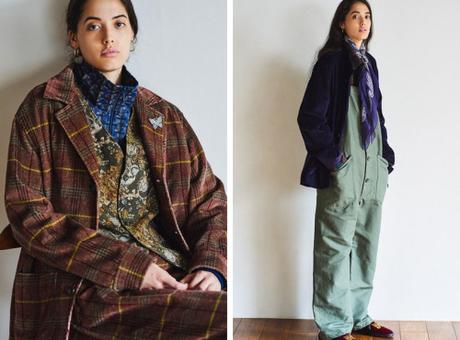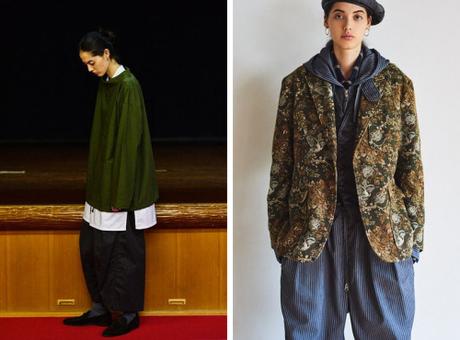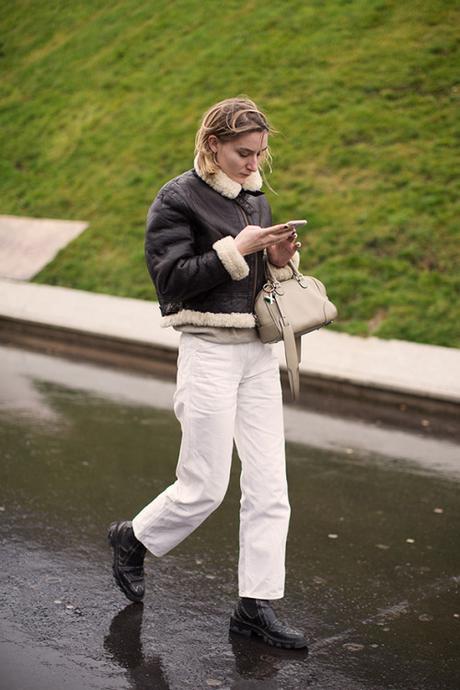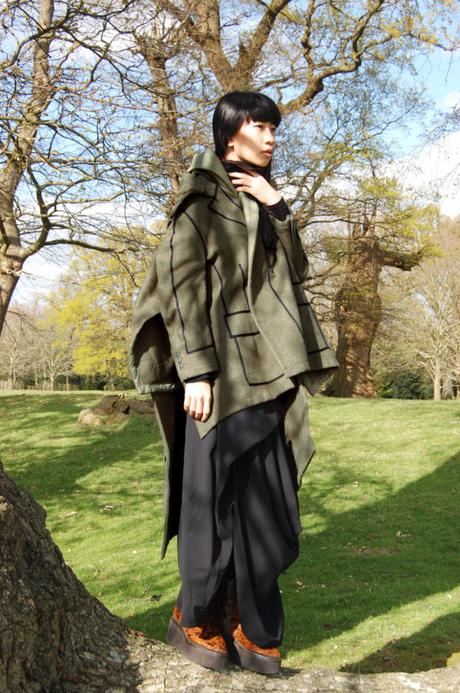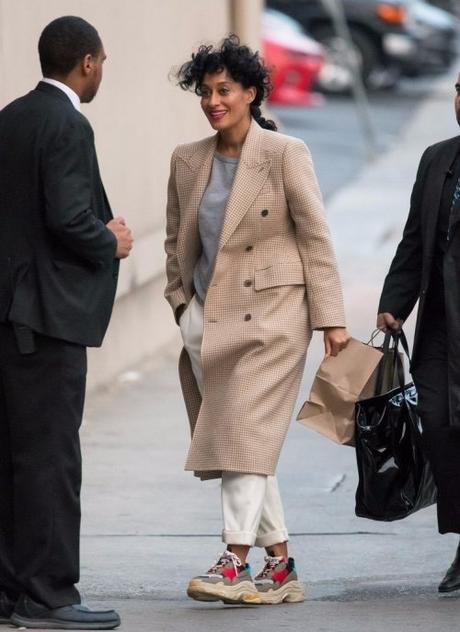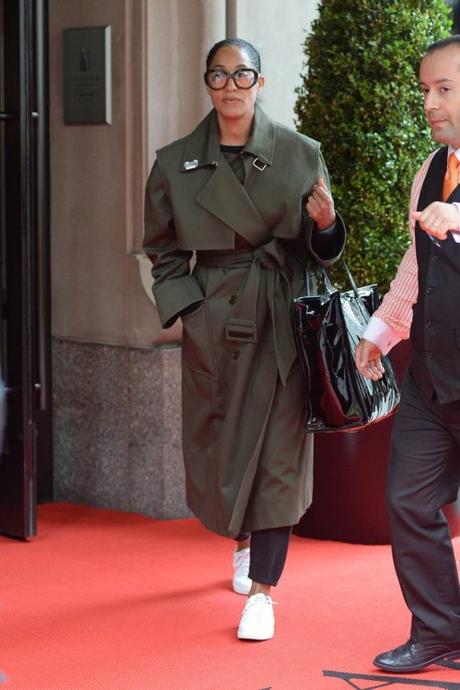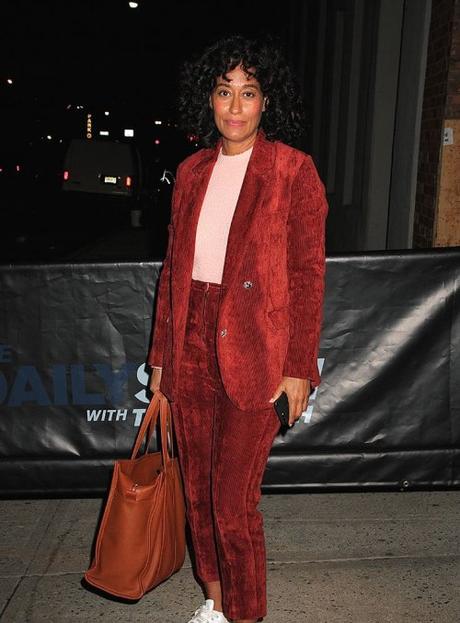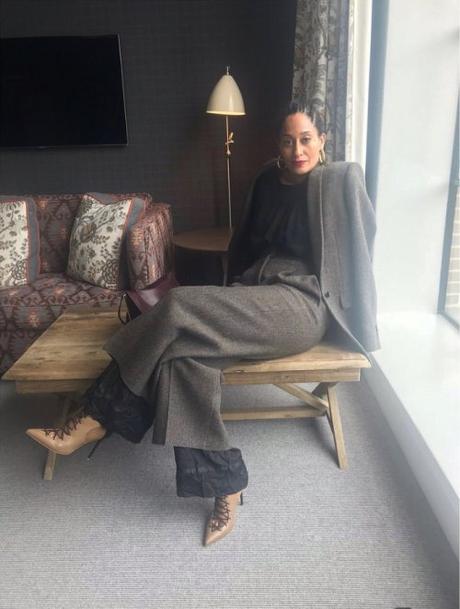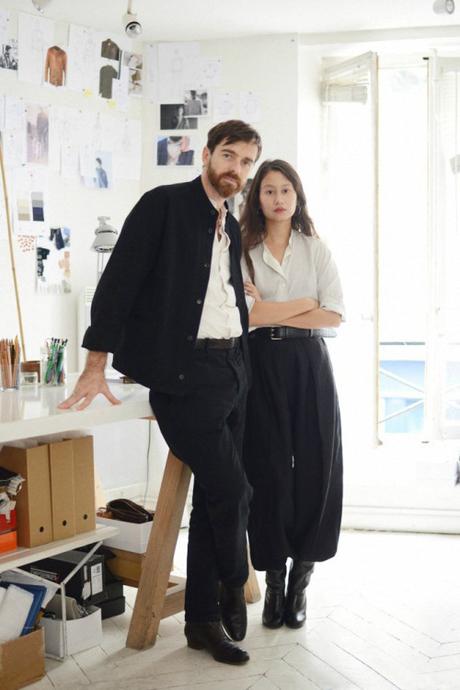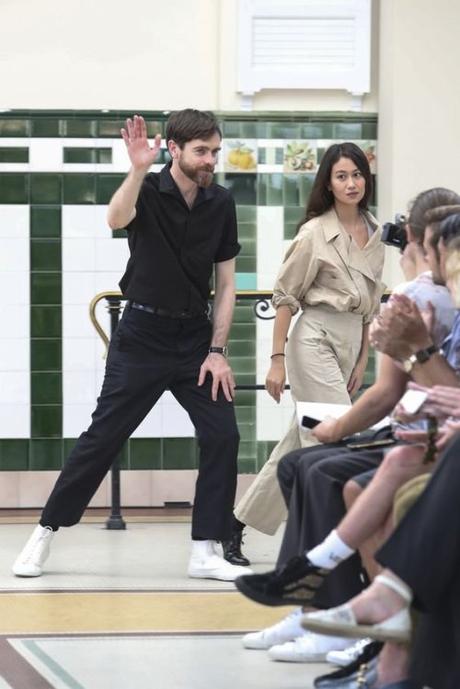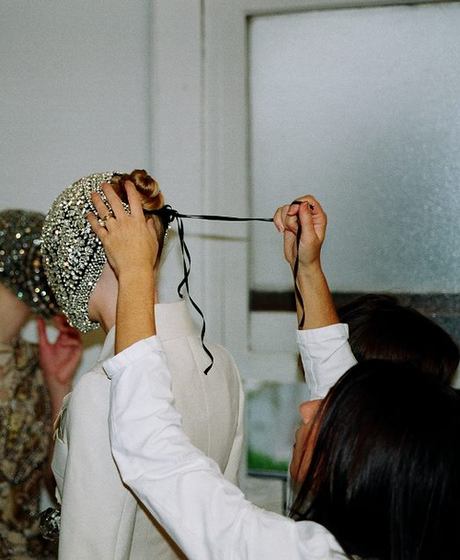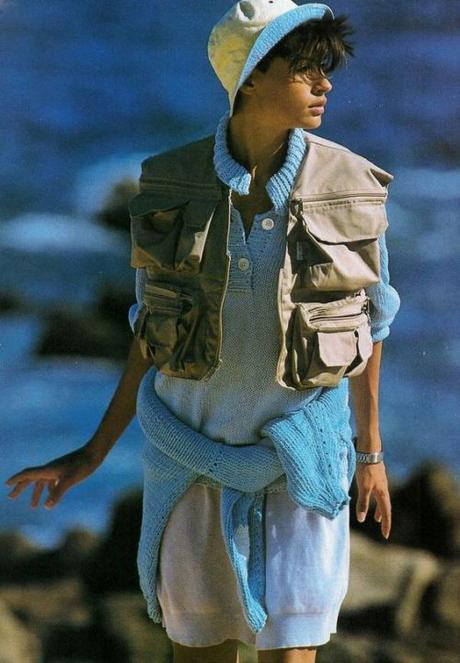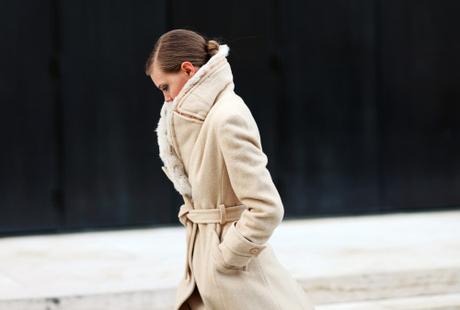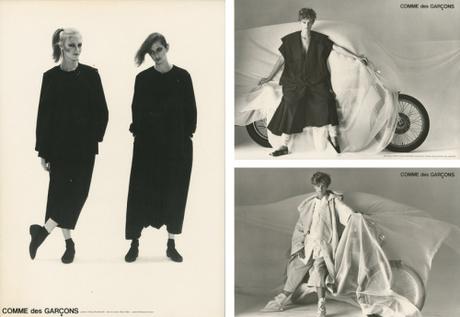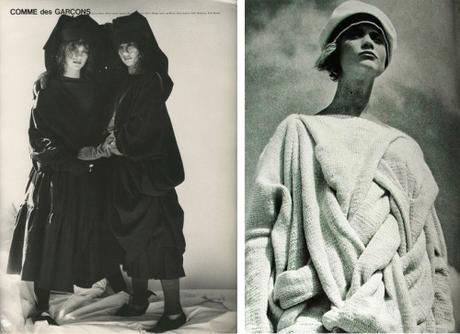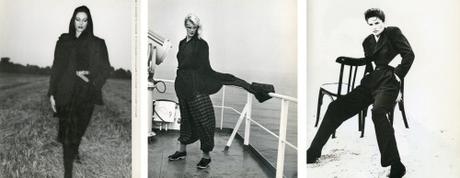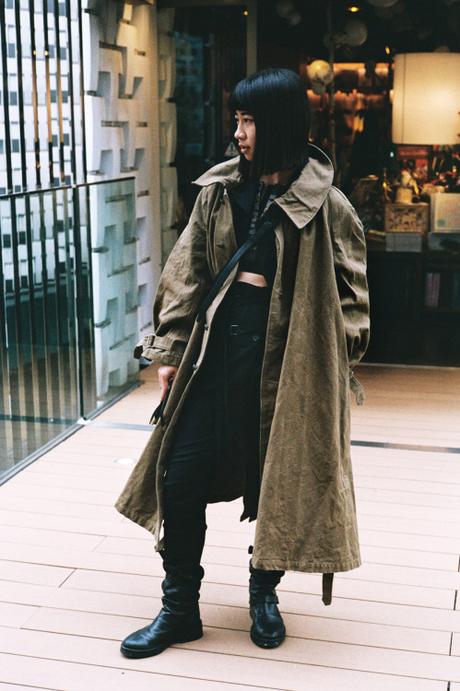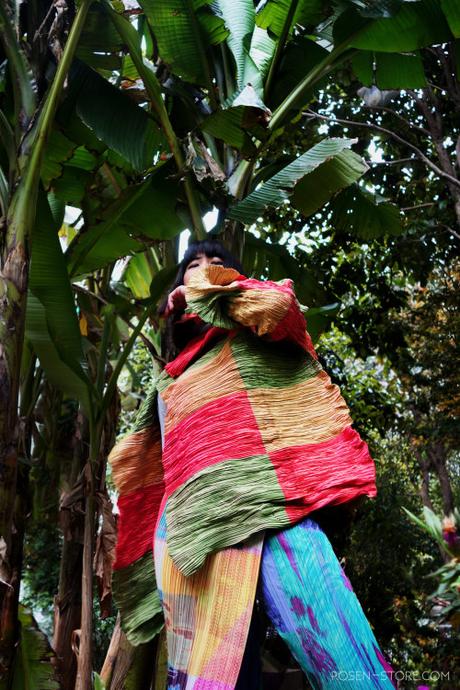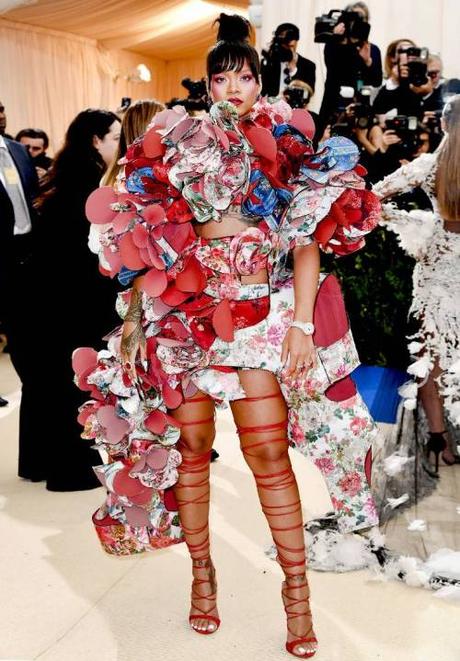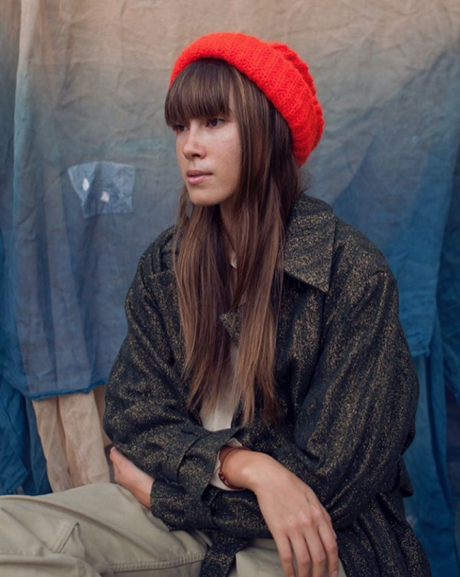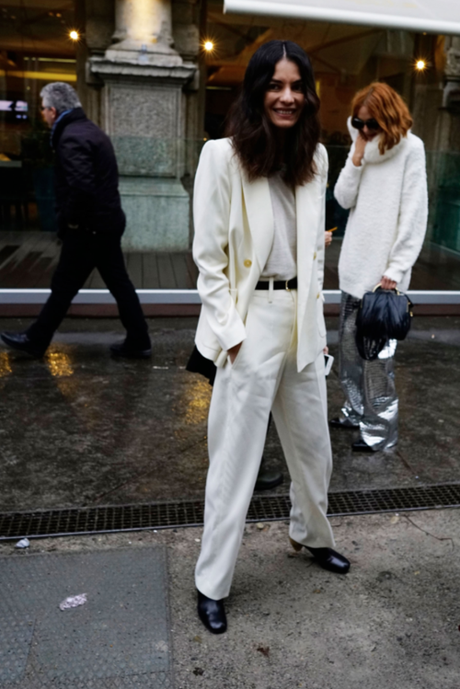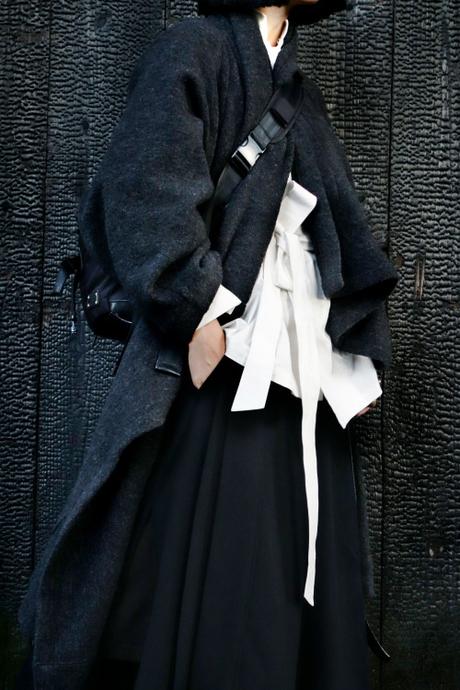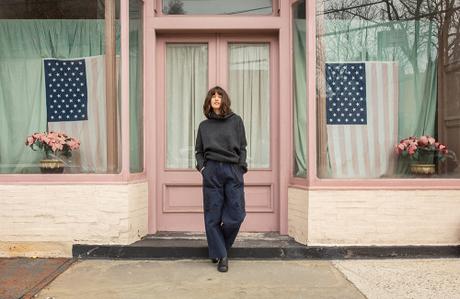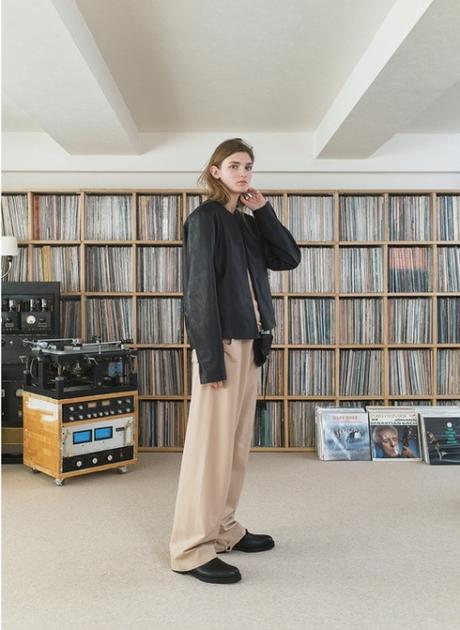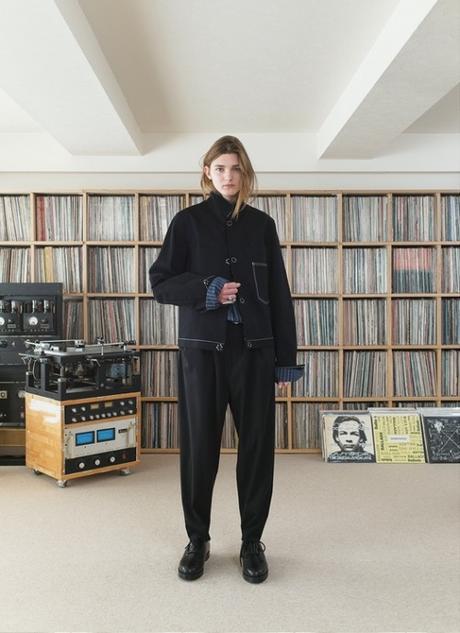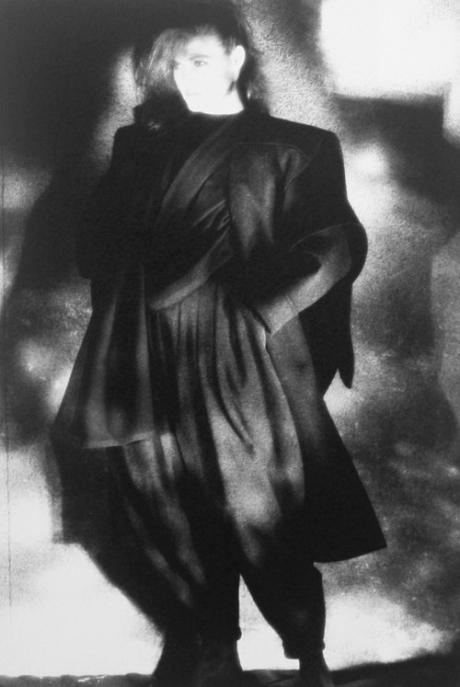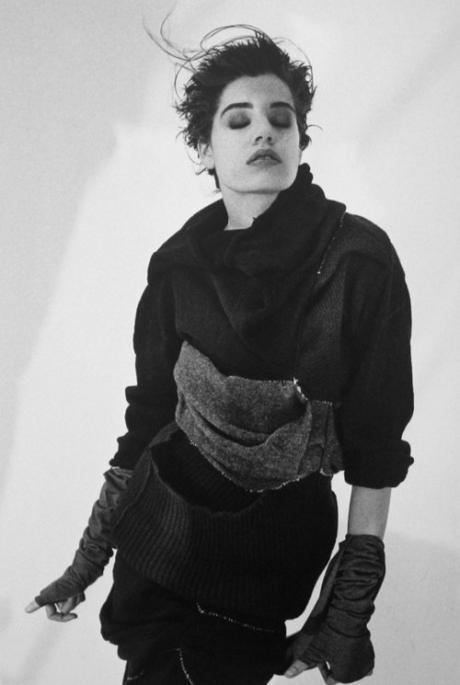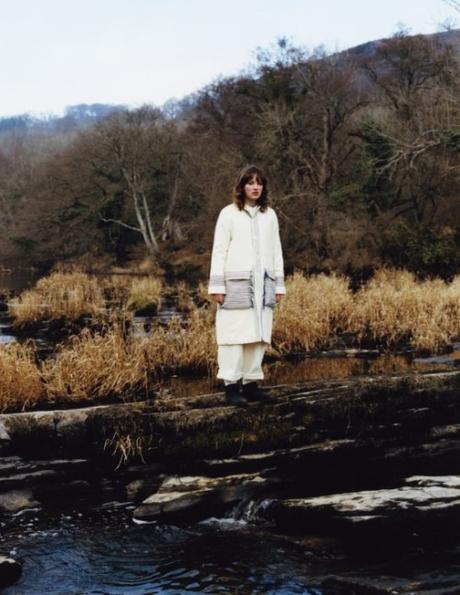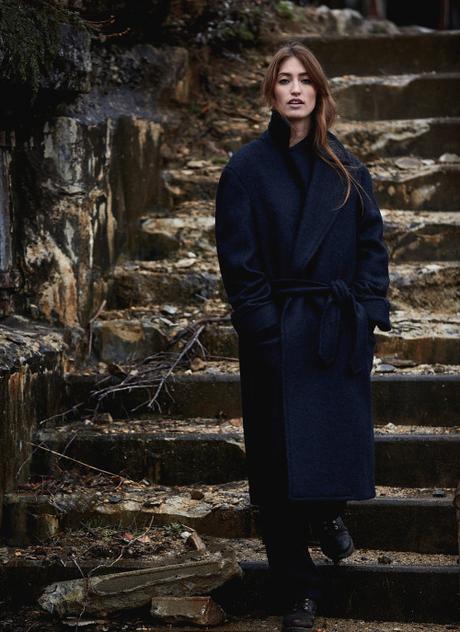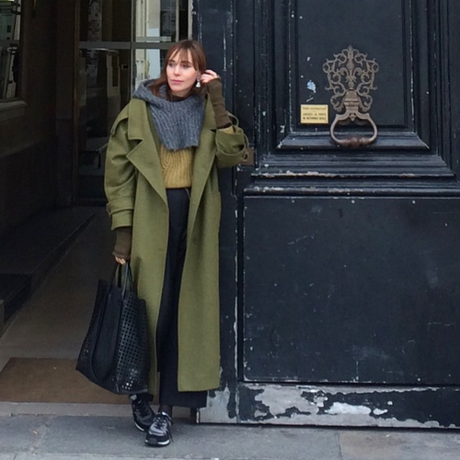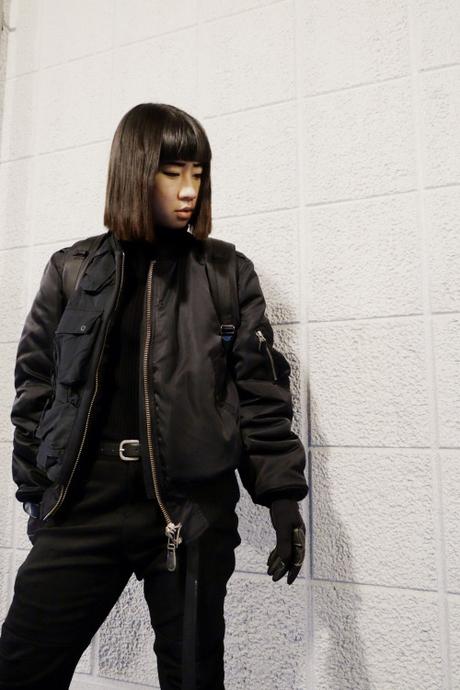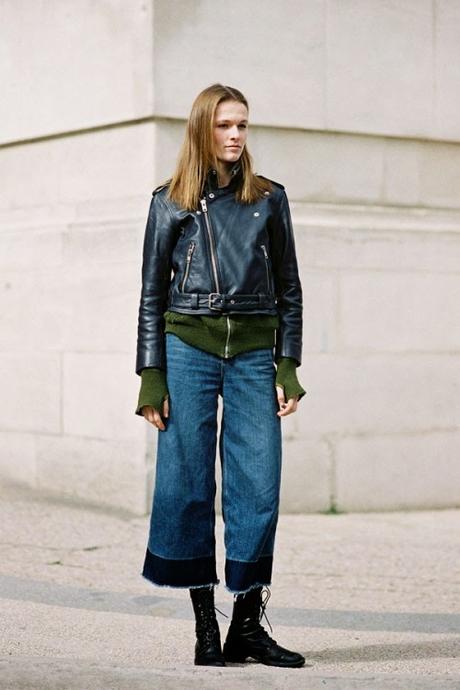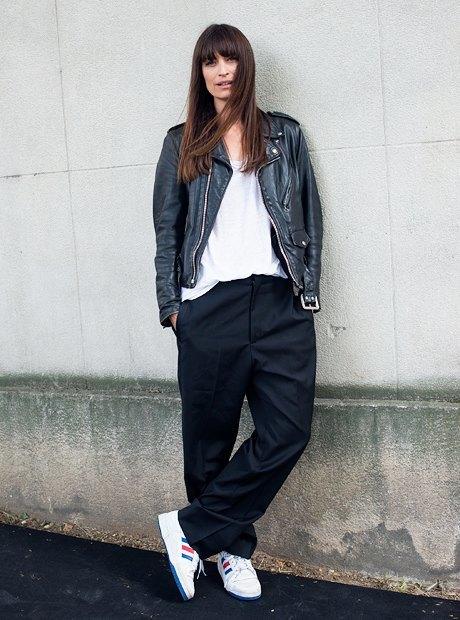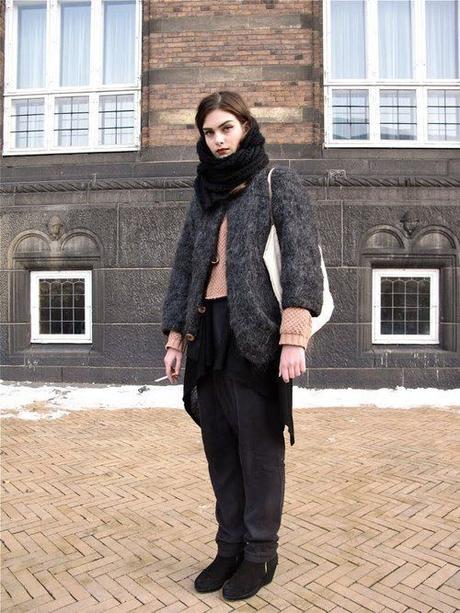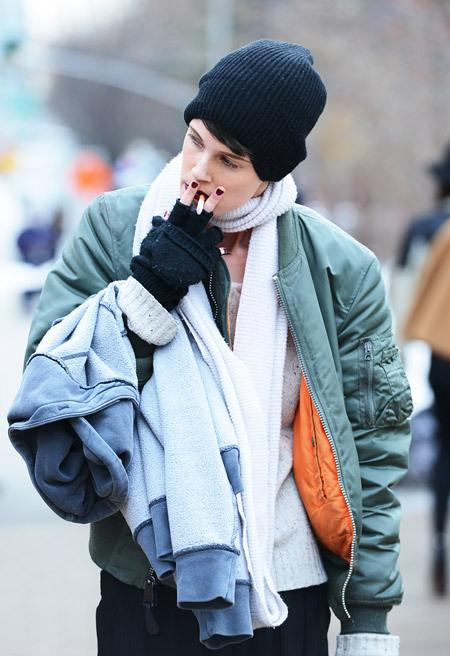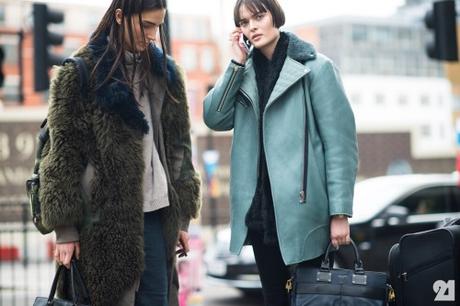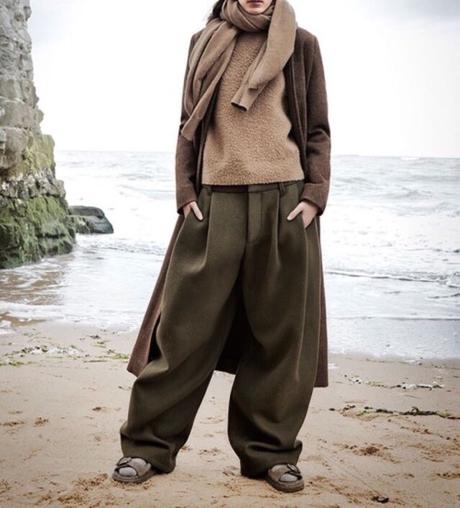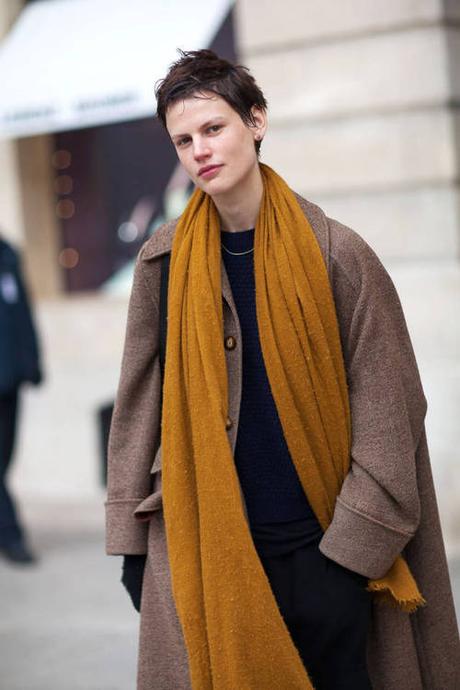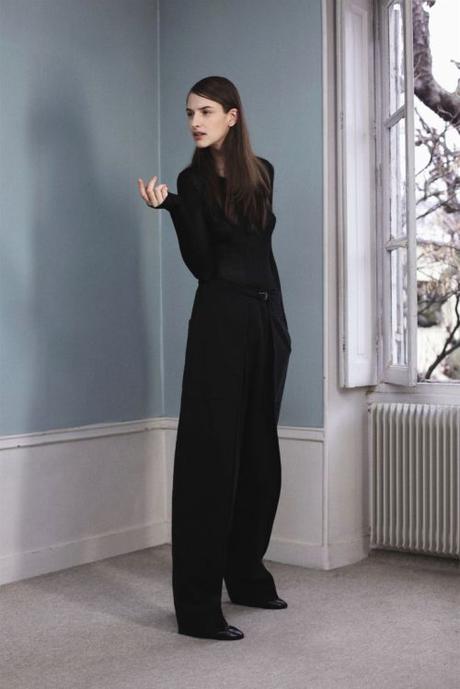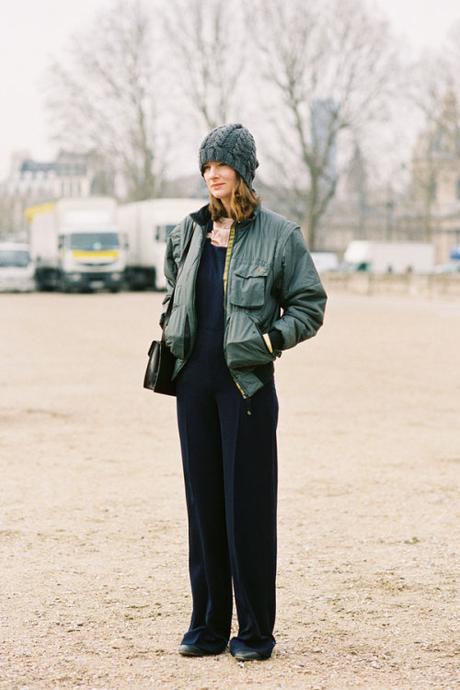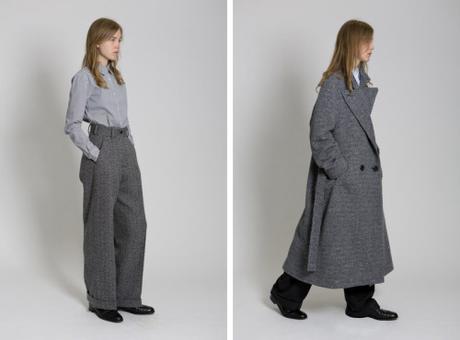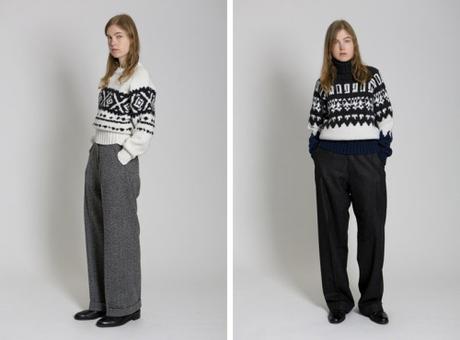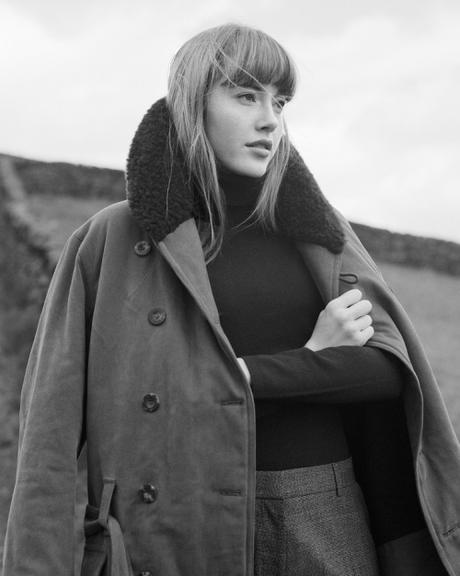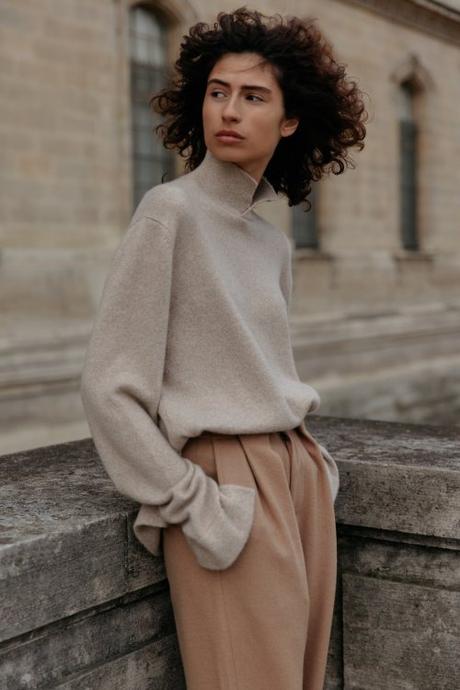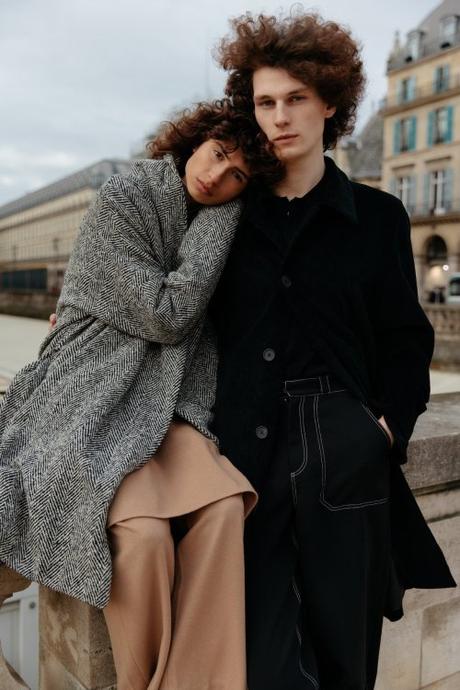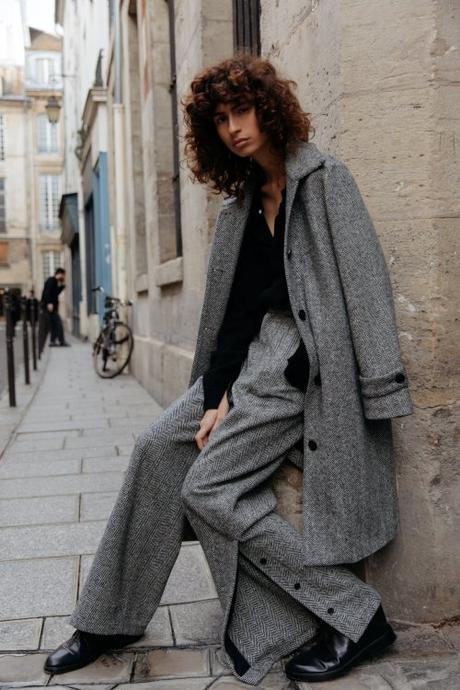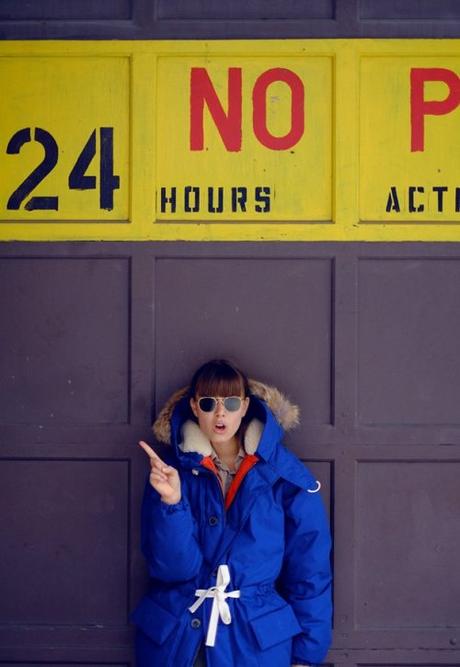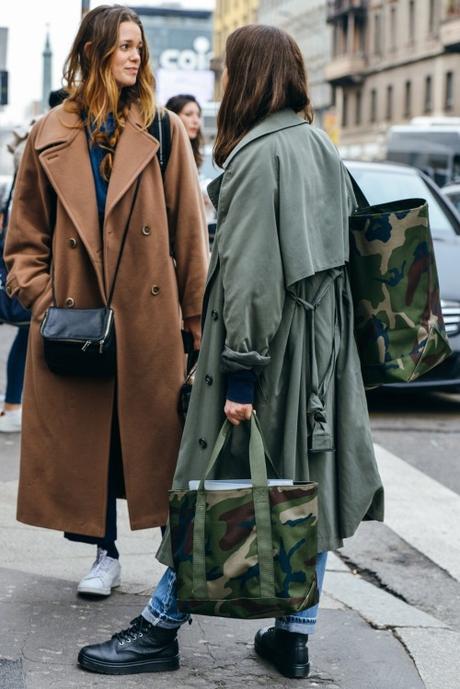
Every once in a while, I’ll hear a woman say how she wishes a piece of menswear could be made for the female form, or how she’s excited to see one of her favorite designers take inspiration from the men’s aisle. Which is funny because, just as often, I find myself inspired by what women today are wearing. As society has wrestled with the concept of gender over the last hundred years, fashion has followed. And while there’s been a bit push and pull – from the strictly gender delineated world of gray flannel suits and A-frame skirts, to the space-age unisex uniforms of the late 1960s – we’re now at a point where gender takes on a much more complex and nuanced meaning in terms of how clothing is worn.
One of my favorite writers in this field is fashion historian and University of Maryland professor Jo Paoletti. In 2012, she published Pink and Blue: Telling Boys from Girls in America, a monograph on how clothes have become increasingly gendered, starting with light blue onesies for baby boys, powdery pink ones for girls. It’s something we take for granted nowadays, but in the late 19th century, infant clothing was decidedly not gendered at all (and, often, neither were their toys).
In fact, there’s a photo of young Franklin Delano Roosevelt when he was about two years old, sitting primly for a portrait. Like other boys of his era, he’s wearing a frilly white dress with patent leather shoes that could today pass for ballet flats. His skirt neatly flares his stool while a marabou-feather trimmed hat partially covers his folded hands. The photo below, if you can believe, is of the young two year-old who would later become one of the more iconic figures of “masculinity” in the 20th century.
It would be almost unimaginable to take that kind of photograph today, but as Paoletti noted in a Smithsonian article, children wore dainty white dresses for hundreds of years until society became hung up with children’s gender assignments. “What was once a matter of practicality – you dress your baby in white dresses and diapers; white cotton can be bleached – became a matter of ‘Oh my God, if I dress my baby in the wrong thing, they’ll grow up perverted,’” Paoletti said.
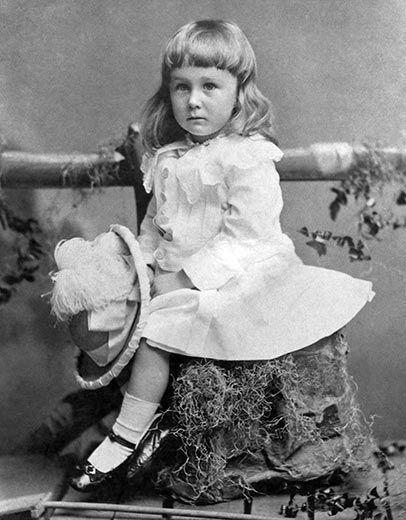
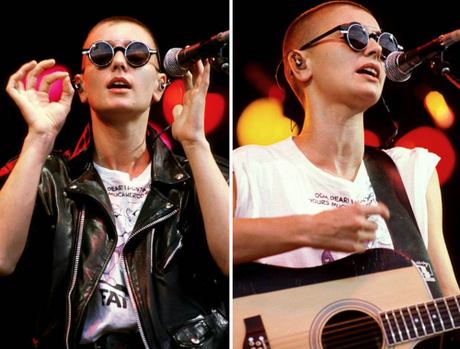

About thirty years after FDR’s portrait was taken, an article from the trade publication Earnshaw’s Infants Department declared: “the generally accepted rule is pink for the boys, and blue for the girls. The reason is that pink, being a more decided and stronger color, is more suitable for the boy, while blue, which is more delicate and dainty, is prettier for the girl.” Of course, today the color assignments are reversed, which suggests the absurdity and fluidity of these cultural norms. Vox has a video on how pink has become a girly color, and the history dates back to the 1950s, when First Lady Mamie Eisenhower often wore pink and women followed. And as recently as the early aughts, I still remember when men were hung up on whether they could wear pink oxford button-downs, a longtime trad staple. Wearing a bit of pastel, they feared, could invalidate their gender identification.
The first big pushback against gendered clothing came in the 1960s, when second-wave feminists fought back against the rigid gender stereotyping of the previous decade. Feminists felt girls were being lured into their subservient roles by first accepting gendered clothing expectations. To be equal to men, they’d would dress like them – or, at least, in ways that weren’t traditionally feminine.
The movement was short lived, at least in its purest form. It peaked somewhere in the late 1960s, with designers such as Pierre Cardin and Paco Rabanne conjuring up streamlined and unisex “Space Age” jumpsuits made from stretchy, synthetic fabrics. But it’s had important reverberations. While Coco Chanel was known for putting women in trousers, and Katharine Hepburn famously dressed in non-binary ways, it’s really been the post-1960s era that has heralded more non-normative clothing.
Think of how Diane Keaton wore androgynous clothes in the 1977 film Annie Hall, or how female punks and grunge musicians thrifted the same lumberjack flannels and combat boots as their male counterparts in the ‘90s. Other good examples include Rei Kawakubo and Yohji Yamamoto. In the Western world, traditional pattern-making tends to emphasize the idealized, gendered form. For women, that means a curvy hourglass silhouette that follows the body. With the rise of Japanese avant garde designers in the late-20th century, however, fashion started to play with voluminous fabrics and freer interpretations on the silhouette. The intention is less about sexualizing the female form and more about personal expression.
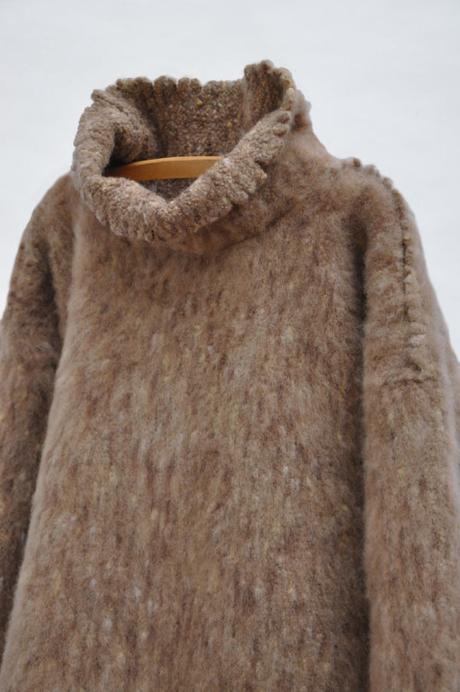
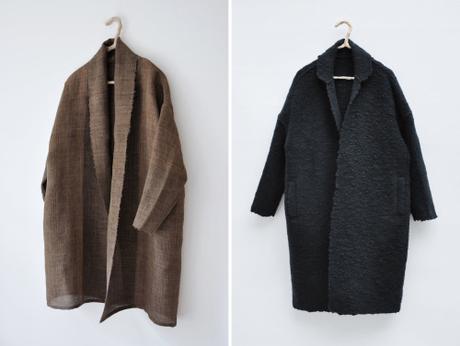
Today’s clothes are often less about muting gender, however, and more about playing with norms – often in ways that makes the wearer’s gender glaringly obvious. Paoletti describes this as “sexy androgyny,” clothes that combine both masculine and feminine elements in a way that’s playful, rather than trying to eliminate gender signals entirely. “Part of the appeal of adult unisex fashion was the sexy contrast between the wearer and the clothes, which actually called attention to the male or female body,” she writes in her book Sex and Unisex: Fashion, Feminism, and the Sexual Revolution. No one thinks, for example, that Yves Saint Laurent's le smoking was anything but a sexier, feminine version of traditional men’s evening wear.
As a men’s style enthusiast, one of the upsides to this is the well-spring of inspiration that now comes out of womenswear. Part of this is just about how women’s style often takes after men’s clothing, but infuses it with more interesting materials and silhouettes – often possible because women aren’t as hemmed up as men when it comes to gender norms. The photos above show Amy Revier’s awe-inspiring hand-woven textiles, which blow anything from men’s suiting out of the waters.
The other part is how women wear menswear-inspired pieces. The dropped shoulder line of a baggy Shetland sweater (something Brooks Brothers introduced to their women’s collections in the mid-century after women raided the men’s side of the store for these prickly pullovers). Or the playfully cropped versions of men’s leather jackets and oversized fits on military-style outerwear. I also like things such as side-zip boots and belted wrap coats – two items with rich histories in men’s style, but it took a bunch of women wearing them in San Francisco for me to consider them for my own closet.
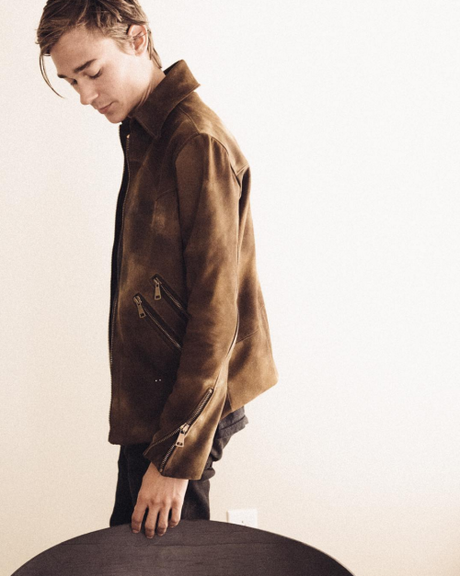
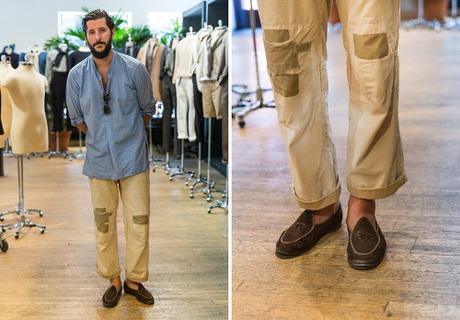
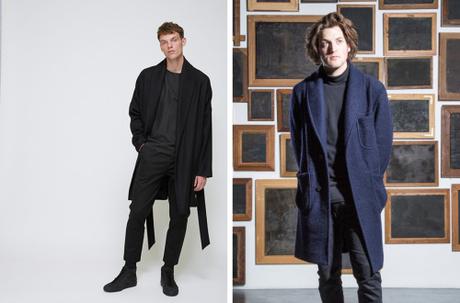
Other things I think can be taken from womenswear:
Playful Silhouettes
Men often pay too much attention on fit and not enough on silhouette – reasonable, given that many have just started paying attention to how they dress. How your clothes fit, however, is just the baseline; everything else is about how clothes drape. I find womenswear is often better attuned to silhouette, taking greater liberty with how things look without necessarily compromising fit.
Again, think of how a baggy sweater can be worn with trim trousers, or an oversized coat can add shape to an otherwise straightforward ensemble. For decades, menswear has been obsessed with the columnar, slim-fit look, with slim-straight pants matching similarly body-conforming tops. A rounded bomber, however, can often be a way to make that silhouette a bit more interesting. Similarly, I’ve been interested in fuller fitting, higher waisted trousers for the same reasons. Scoopneck pullovers, slightly cropped pants, and outerwear with heavily dropped front balances (a tailoring term for when the front of the jacket’s hem sharply drops down relative to the back) can be other ways to play with your silhouette.
Contradicting Gender Norms
Famously described as the shoes of art dealers, Belgian shoes were a favorite of the late, great Glenn O’Brien. I’ve always been skeptical of them, finding they were at times too preppy, but my friend Agyesh at Stoffa made a great point about them last year. He wears them with suede leather jackets and pleated trousers, saying that he finds they help round out his rougher edges (Agyesh has a scruffy beard and very masculine look). Since then, I’ve noticed I only like Belgian shoes when they play against the more obviously masculine elements of a person’s style. Frankly, I’m not manly enough to pull them off, but I’ve eyed Baudoin & Lange’s slip-ons, which are basically Belgians without the dainty bow. Alan See of The Armoury wears them well, I think largely because of his otherwise very masculine style.
Accessories
Womenswear is rife with inspiration when it comes to accessories – the oversized scarf and tastefully chosen jewelry. I wear silver Native American cuff bracelets, a ring from Neff Goldsmith, and necklaces from Article22 on regular occasion. Stacking bracelets is maybe a bit too yesteryear, but there are good ways to wear jewelry without going overboard. Reliquary, Self Edge, Imogene + Willie, Put This On (a site I work for), and even Etsy have tons of great options.
Recommendable Brands
I’ve been a long time fan of Chimala, a niche Japanese workwear label. Their men’s collections often feel like they’ve been designed from a womenswear perspective, which in turn feel like they’ve been inspired by menswear – the well-worn chambray shirt, the loosely cut field jacket, the baggy pair of jeans. Their men’s line has a touch of women’s design sensibility, without actually being women’s clothing.
Which is what I often like about other brands. There’s Margaret Howell, who similarly makes men’s clothing that borrows a bit from the company’s women’s collection (which, again, feels inspired by menswear anyway). Then Document, Maison Margiela, de Bonne Facture, Tomorrowland, Deveaux, Lemaire, Studio Nicholson, and to a degree, Eidos. I also like Kaptain Sunshine a lot. The brand is decidedly masculine, but the playful cuts suggest the kind of creativity and free spiritedness I love in womenswear. (No Man Walks Alone, an advertiser on this site, is having a promotion on their sale section, where you can take up to 25% off already-discounted items. I bought this oversized Kaptain Sunshine parka earlier this week. Use the code FINAL20 to get an additional 20% off orders over $200; FINAL25 for an additional 25% off orders over $1,000).
Recommendable Media
Some of my favorite womenswear blogs include The Rosenrot, Ponytail Journal, Man Repeller, Style Bubble, and The Cutting Class (the last of which is no longer being updated, but the archive is rich with information if you’re interested in tailoring). There are also some great women in fashion reporting. I follow Cathy Horyn, Robin Givhan, Vanessa Friedman, Christina Binkley, Lauren Sherman, and Emilia Petrarca. The Cut is a daily read; Vogue is terrific. And while Lesli Larson isn’t technically a womenswear writer, her blog Archival Clothing is one of the best around if you’re interested in Americana and workwear.
Pictured below are some womenswear photos I like. Not all are meant to be taken literally in terms of style inspiration – although, few people don’t look good in a loosely cut overcoat and some smart trousers – but I think they’re great for developing a sense of aesthetics. And these days, I find many of the better dressed guys are choosing clothes more out of emotion than rules. Rei Kawakubo famously named her brand Comme des Garçons after a lyric in the melancholic French song “Tous les Garçons et les Filles.” The company’s name translates to “like boys.” And in that spirit, this post is titled Comme des Filles, or “like girls.”
